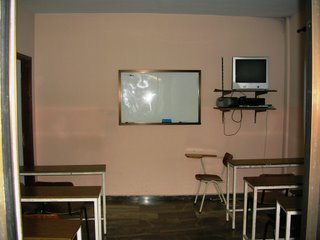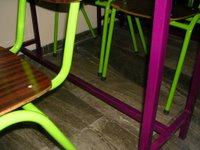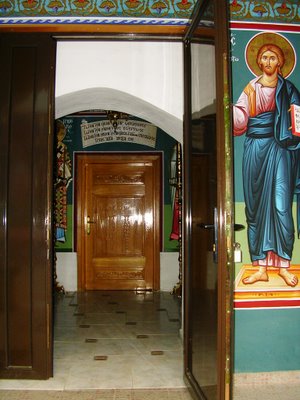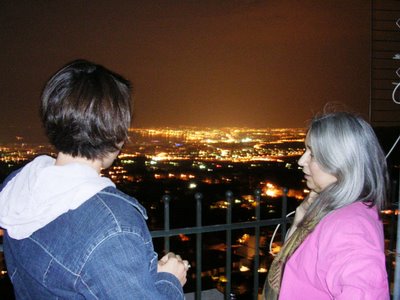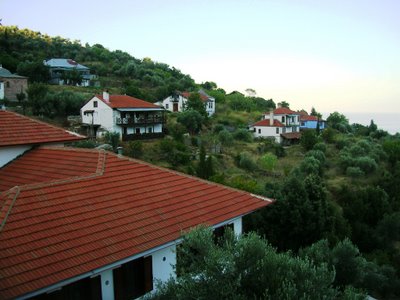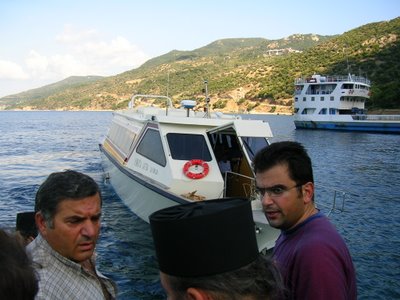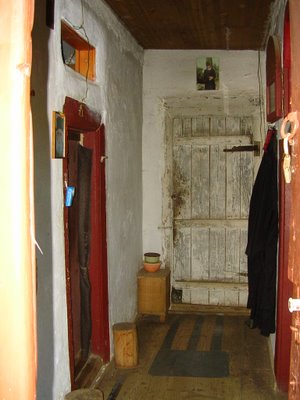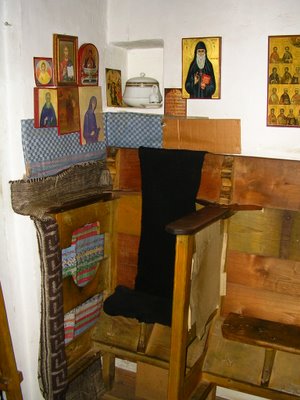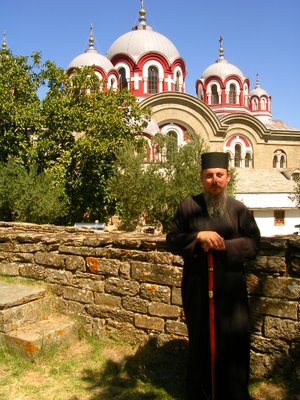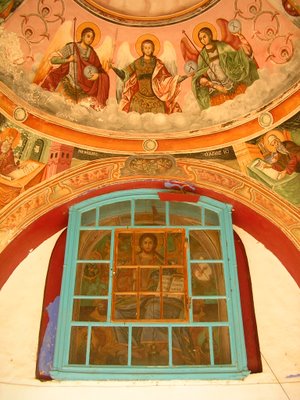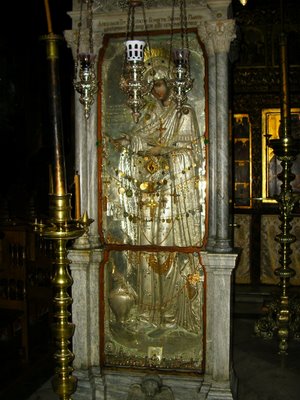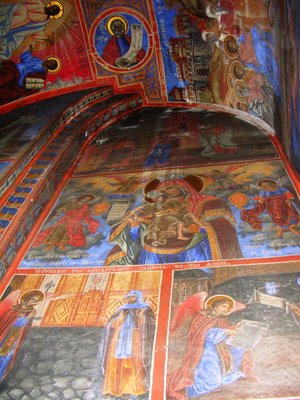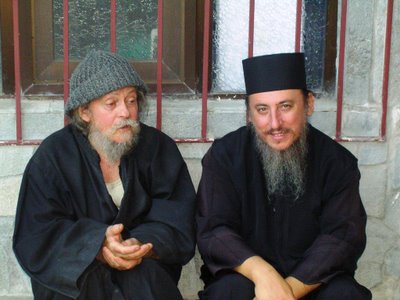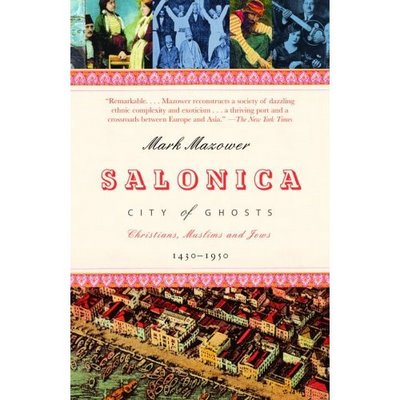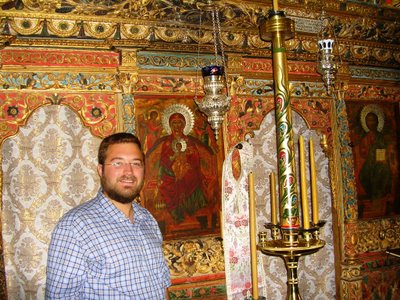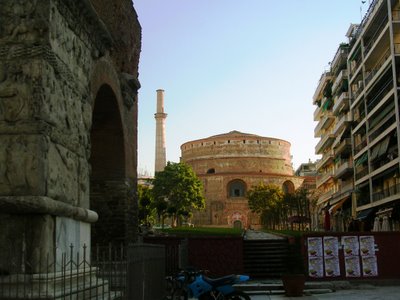
It's been a few days since I checked in. (Pelagia redesigned the blog -- what do you think?) Pelagia is now remodeling our extra bedroom (for you guests!) and I've been working on our paperwork (ugh).
The good news is that we're closer to getting our paperwork done. I did get my student ID and my student health book, which were major accomplishments. (The student health book enrolls me in the state's free medical care system. Pelagia's health insurance is another problem.)
In other good news, we (finally) received the first two boxes that we mailed to ourselves from the States -- and the most important ones, too -- my books! ( ;
Meanwhile, we're still wearing the same clothes that we brought over in our one suitcase each (which may explain why all our photos look like they were taken on the same 2 days). Of course, in the US, they told me shipping would take 4-6 weeks. What I didn't realize was that was in US time. In Greek time, that means 3-5 months. Sure enough, these boxes arrived 3 months after I mailed them. We're hoping our clothes will arrive in the next month or two, before it gets really cold!
The photo is of our cat, Morouli ('little baby'). We were pronouncing it Marouli, which apparently means 'lettuce.' In this photo, he somehow got under the blanket on top of the couch for a nap.
The other good news is that we're off to Constantinople tonight, returning Sunday. We found a GREAT deal for this trip -- $100 each -- which includes the bus, 2 nights at a 4-star hotel, breakfast, and tours. Although it's so cheap, it's still a stretch financially, but we figure that once school starts it will be more difficult to take these kind of trips. Plus, who knows what will happen? If our paperwork doesn't go through, we may have to leave -- who knows?
Of course, it means driving all night (12 hours) on the bus tonight and a '4-star' hotel in Turkey could mean ANYTHING. (I think it gets 4 stars if it has running water.) Our friend here Brendan loaned me Steven Runciman's books 'The Fall of Constantinople 1453' and the 'The Great Church in Captivity' which I will be reading on the 12-hour bus ride each way.
Among the highlights, on Saturday we will go to Agia Sophia -- standing since Justinian founded in 537 and the site where the Holy Fathers of the Seventh Ecumenical Council restored icons. We will go to church on Sunday morning at the Ecumenical Patriarchate, and then head back.
Expect lots of photos next week! Check back then!


